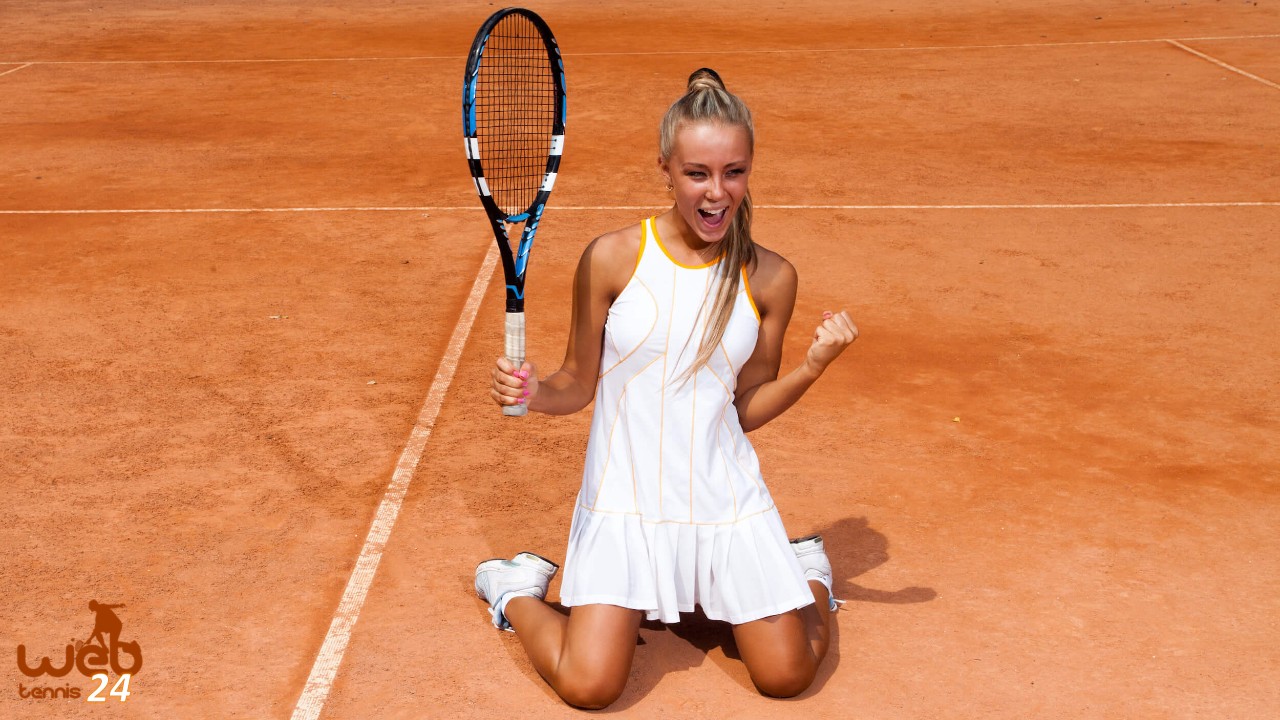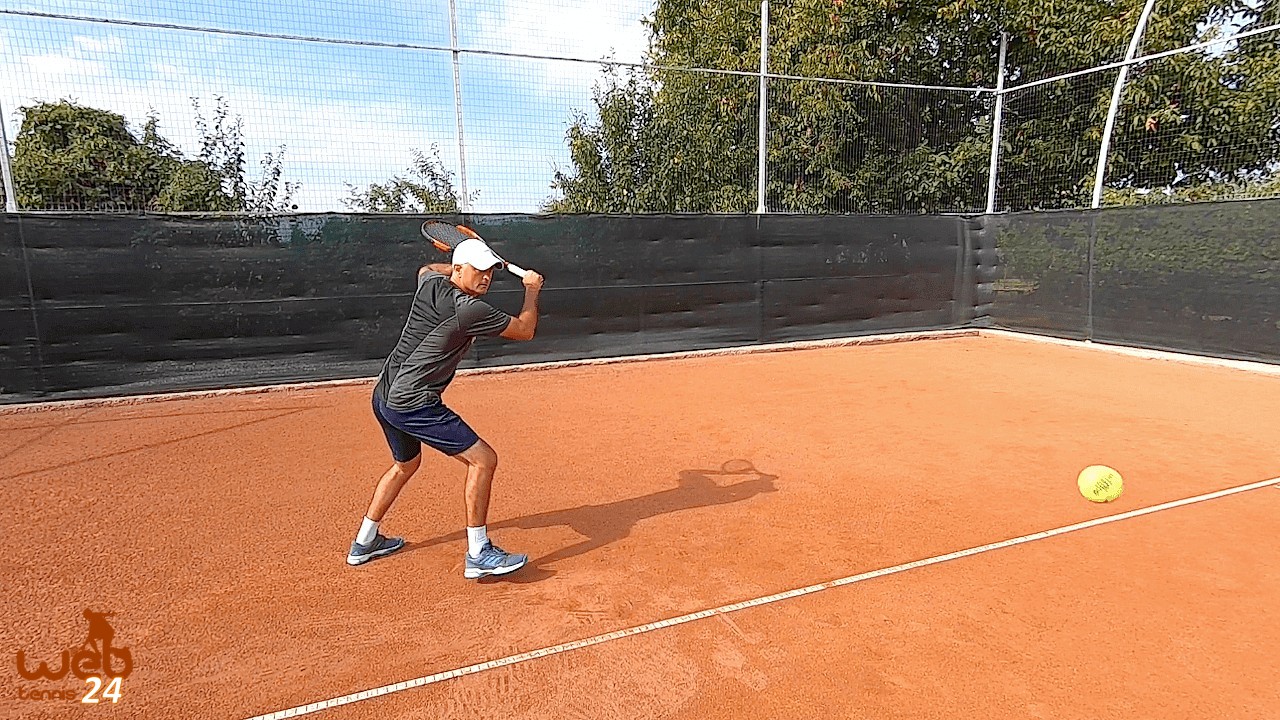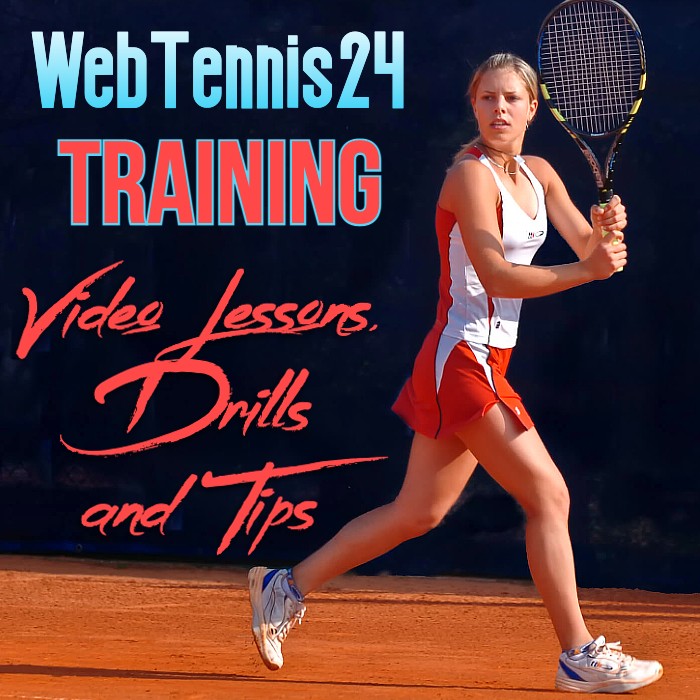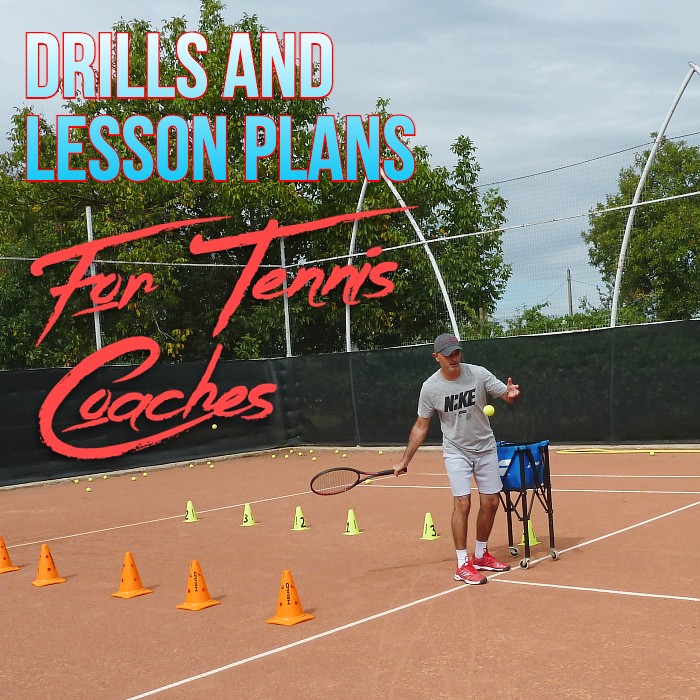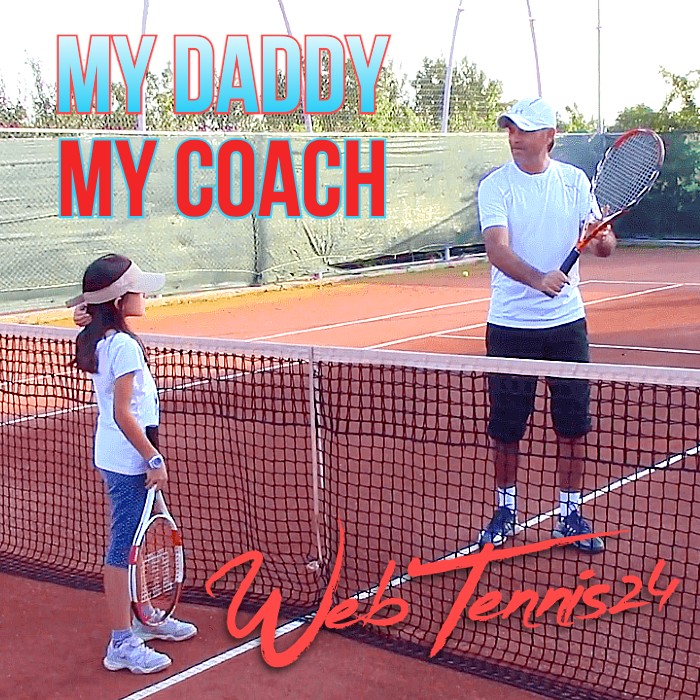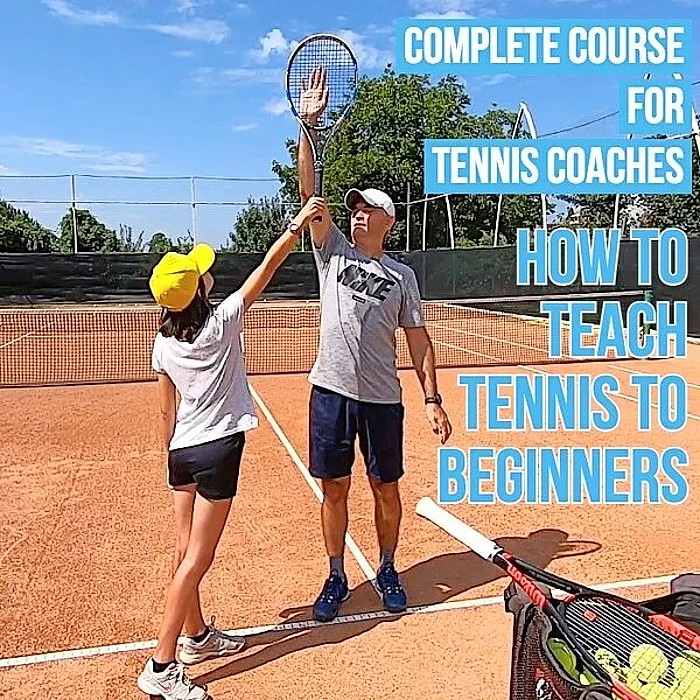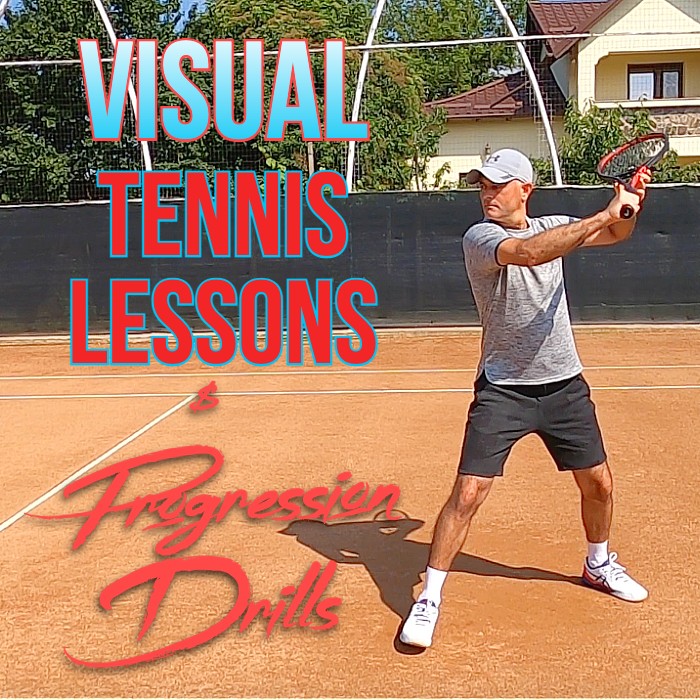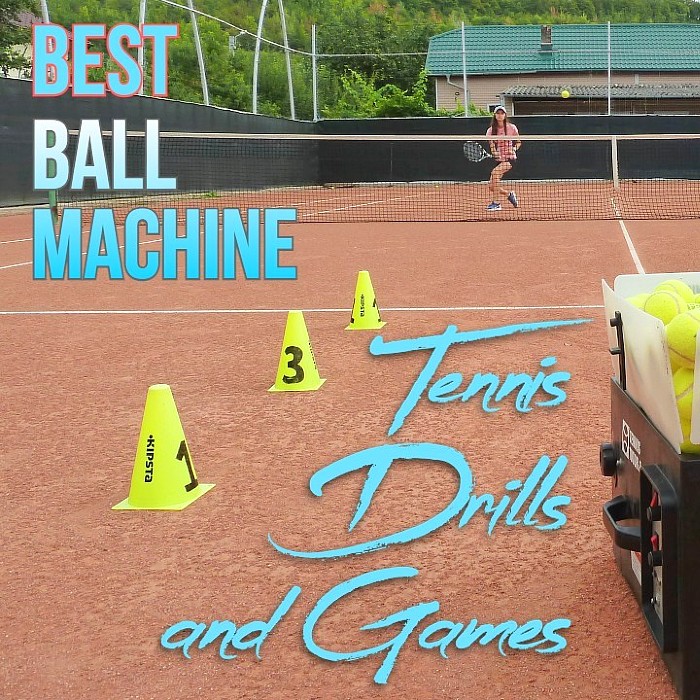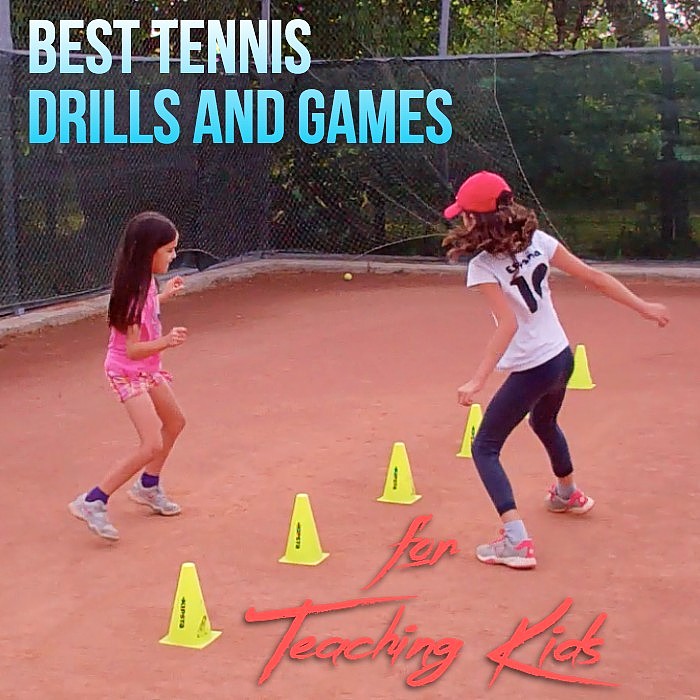Strategies to Compete Against Stronger and Faster Opponents
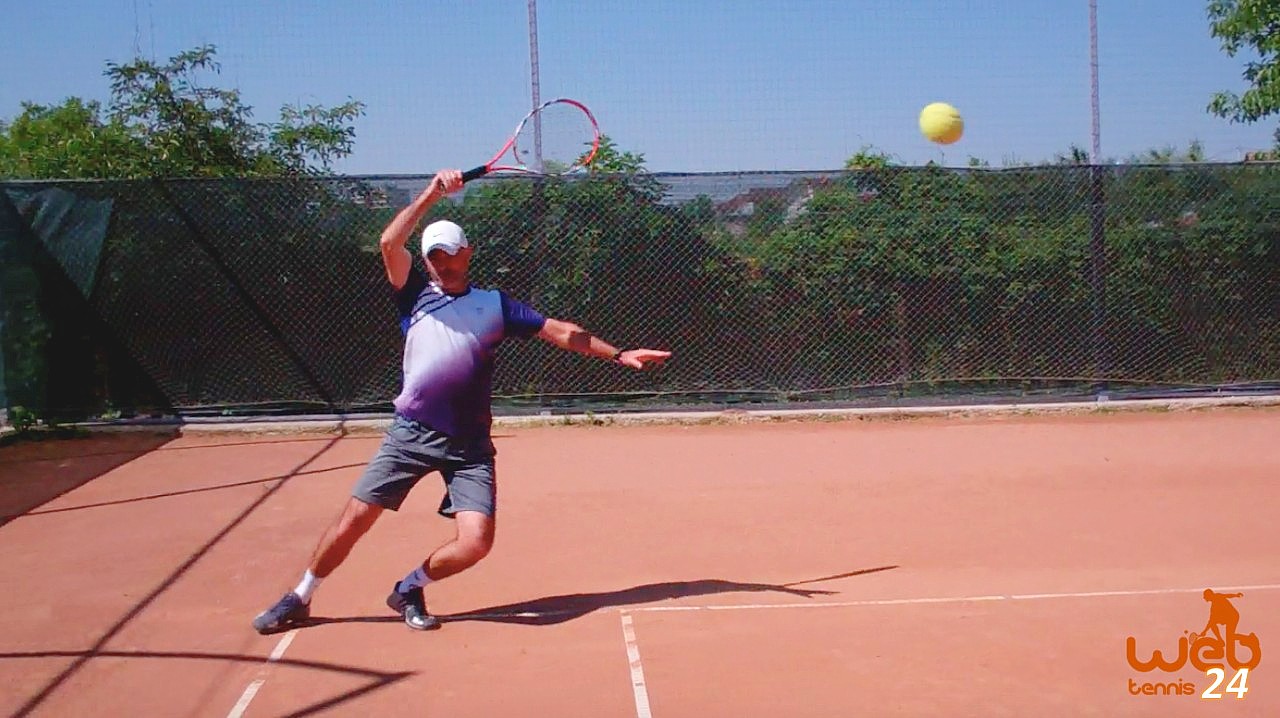
Playing against stronger and faster opponents in tennis can be intimidating, but with the right mindset and strategies, you can level the playing field. In addition to the valuable advice of “Don’t worry about him; let HIM worry about you!”, there are several effective techniques to improve your performance.
This article explores additional strategies to help you compete against stronger opponents on the tennis court.
Hang in There and Seize Momentum
It’s important to remember that momentum in a tennis match can shift at any moment. Even if you’re facing a superior opponent, stay focused and determined. By maintaining your composure and continuously giving your best effort, you increase the chances of turning the match in your favor. Remember, the tides of a match can change quickly, so keep fighting until the final point is played.
Vary Your Shots
When facing a stronger and faster opponent, employing variety in your shots is essential. By varying the spin, height, and pace of your shots, you create unpredictable situations that can disrupt your opponent’s rhythm. Mix up your groundstrokes, incorporating topspin, slice, and flat shots to keep your opponent off balance. This strategy can help you gain control of the point and create opportunities to seize the advantage.
Shorten Your Backswing
To handle the pace of shots from faster opponents, consider shortening your backswing. By reducing the distance your racket travels before contacting the ball, you gain more control and increase your reaction time. This adjustment allows you to handle the increased speed effectively and execute precise shots. Practice this technique to improve your ability to handle fast-paced rallies.
Utilize Time Between Points
Taking advantage of the allotted time between points can be crucial in managing the pace of the match. Within the specified time limit (25 seconds), use this period to regroup mentally, catch your breath, and plan your next move. By utilizing this time effectively, you can disrupt your opponent’s rhythm and regain your focus.
Believe in Yourself and Fight Until the End
Perhaps the most important aspect of competing against stronger and faster opponents is maintaining a strong belief in your abilities. Trust that you have the skills and determination to succeed, regardless of the challenge at hand. Even when the odds seem stacked against you, a positive mindset and unwavering self-belief can lead to surprising outcomes. Keep fighting, stay mentally resilient, and give your all until the final point is played.
Playing against stronger and faster opponents in tennis can be a daunting task, but it doesn’t mean you’re destined for defeat. By implementing the strategies outlined in this article, you can enhance your chances of competing effectively and potentially come out on top.
Remember, tennis is not only about physical prowess but also mental strength and adaptability. Embrace the challenge, believe in yourself, and use these techniques to turn the tables in your favor. Good luck!
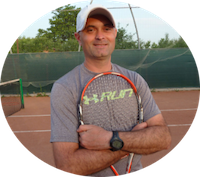
Cosmin Miholca
Certified Tennis Coach
Check out my work at WebTennis24 where I share with you my best video tennis lessons, drills and tips for players, coaches and tennis parents.

